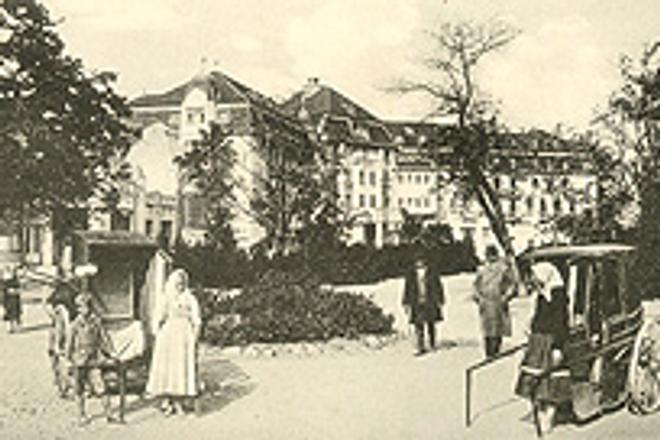Click to enlarge.
PIEŠŤANY'S thermal springs and therapeutic sulphur mud have lured people for generations.
But before it became a famous spa town, it was a settlement on the sandy embankment of the Váh river. This is why its name comes from piesok, "sand" in Slovak.
Piešťany gained its reputation as a spa town in the 16th century, during which a renaissance of the spa treatment was being experienced. As early as 1545, people suffering from rheumatism bathed in the water from small holes they had dug on the banks of the Váh. Nearby inhabitants continued coming to take such baths until the beginning of the 20th century.
There is also a sad story related to such primitive bathing holes. During the times of the encroaching Turkish invasion, a Turkish unit attacked a group of bathers and killed most of them.
In 1889, businessman Alexander Winter turned Piešťany into a world attraction. And in February 1917, Piešťany was where Wilhelm II of Germany, Karl I of Austria-Hungary and Ferdinand I of Bulgaria met to plan their war strategy. Prominent visits continued into the 1930s, when well-known American actress Lilian Gish underwent a treatment there.
This postcard shows Piešťany in the 1920s.
Prepared by Branislav Chovan


